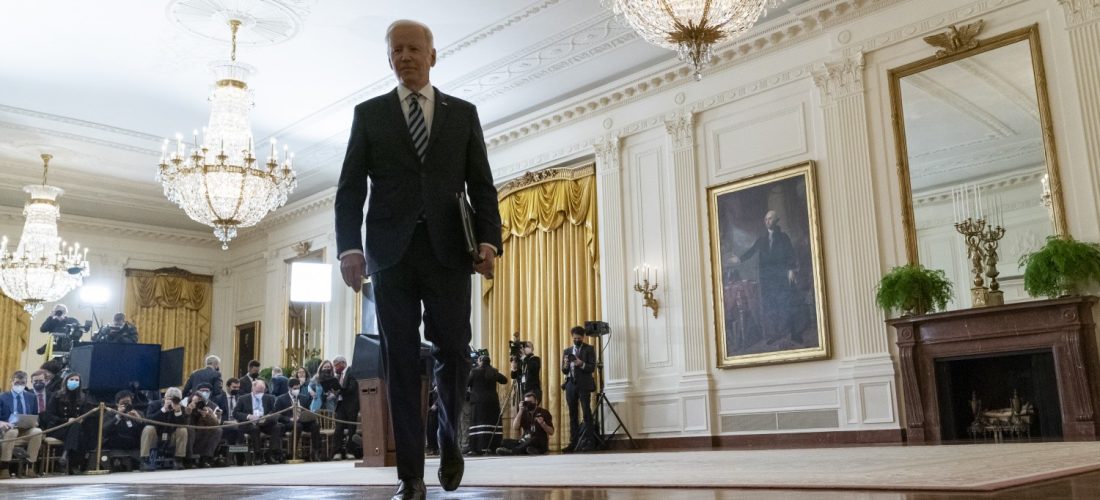By Brooks Welch
The Biden administration on Wednesday announced that it will extend the pause on federal student loan payments to August 31, 2022, reports Forbes.
According to Fox Business, forbearance was previously set to expire May 1, which means about 41 million borrowers will have an additional four months to financially prepare for repayment.
“If loan payments were to resume on schedule in May, analysis of recent data from the Federal Reserve suggests that millions of student loan borrowers would face significant economic hardship, and delinquencies and defaults could threaten Americans’ financial stability,” Biden said.
Today, my Administration is extending the pause on federal student loan repayments through August 31st, 2022. pic.twitter.com/xwicA1hCW3
— President Biden (@POTUS) April 6, 2022
Biden promised that there would be “additional flexibilities and support for all borrowers” when repayment does resume, and he said that the extension of the payment pause through August would allow the Department of Education to “continue improving student loan programs.” He did not specifically mention student loan forgiveness. However, White House Chief of Staff Ron Klain recently said that Biden would explore “executive action student debt forgiveness” before monthly payments resume.
As advised by Fox Business, here’s how you can prepare for the end of forbearance:
- Get in touch with your student loan servicer. Millions of borrowers have had their loan balances transferred to a new servicer during the forbearance period. Reach out to your loan servicer for more information about your payment due date, monthly payment amount, remaining loan balance and current interest rate.
- Re-enroll in automatic payments. Borrowers who have been moved to a new servicer will need to re-enroll in autopay before forbearance expires to avoid missing their first payment. Federal Student Aid (FSA) offers information on how to sign up for automatic payments through your loan servicer.
- Sign up for an income-driven repayment plan (IDR). Federal student loan borrowers may be able to limit their monthly payment to between 10% and 20% of their disposable income through an IDR plan. After a period of 20 or 25 years of making payments, the remainder of your student loan debt will be discharged.
- Apply for additional federal deferment. The Education Department offers several federal student loan deferment programs that allow borrowers to suspend their loan payments for up to 36 months, depending on eligibility requirements. However, interest may accrue during deferment, which can add to the total cost of borrowing.
- Consider student loan refinancing. Refinancing to a private loan at a lower interest rate may help you reduce your monthly payments, get out of debt faster and save money over the life of the loan. A Credible analysis found that well-qualified borrowers who refinanced to a longer-term student loan were able to save more than $250 per month, on average.
